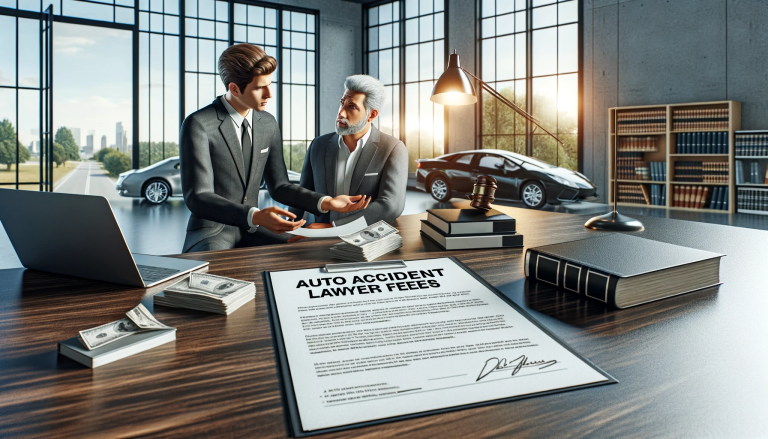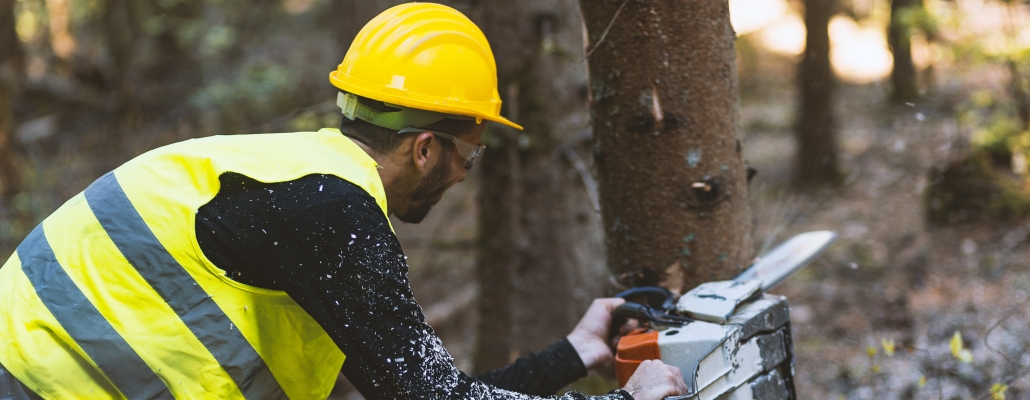[vc_row][vc_column][vc_column_text]Personal protective equipment (PPE) has been under the spotlight in 2020, usually for the wrong reasons. During the initial Spring outbreak of Covid-19 in the United States, reports of a PPE shortage for hospital workers was major news. Now, whenever PPE is mentioned, many people may first think about masks, gloves, and face shields. But there are many different types of PPE at many different strength levels used by countless industries to protect workers. One major commonality between all types and strengths of PPE for workers is that it should be provided by employers, free of charge to employees if performed work requires it.
Workers who are injured while performing the duties of their job are entitled to
workers' compensation benefits. PPE is designed and worn to prevent some of those injuries from occurring in the first place. The Occupational Safety and Health Administration (OSHA) specifies six different types of PPE, each designed to protect a different area of the body.
Eye and face - For any dangers that could expose a worker's face to any dangerous substance, be they solid, liquid, gas, or other. The type of protection can vary depending on the hazard. For example, safety goggles are common in laboratory environments, but would not be suitable for a welder, who would require full face protection from hazardous light. OSHA even offers guidelines on how much light protection should be provided for specific welding tasks. Carbon-arc welding requires the most protection.
Head - Hard hats should be provided to workers if there is any risk of falling objects, running into a fixed object, or accidental head contact with electrical currents. Hard hats have three classifications: Class A for impact and penetration protection with minimal electric shock protections, class B for impact and penetration protection with extreme electric shock protection, and class C for impact protection with no electric shock protection.
Foot and Leg - Workers at risk for injury from falling or rolling objects that could crush or pierce legs and feet or otherwise harm lower extremities should be wearing foot and leg PPE. Steel-toe boots are a common form of PPE in this category, but other PPE to protect from fire, heat, and electricity are also common.
Hand and Arm - For workers handling dangerous materials or extremely hot or cold objects should be wearing gloves to protect them. PPE gloves come in a wide variety of materials for a variety of purposes. The appropriate gloves should be worn for the appropriate task. For example, while leather gloves may protect workers from sparks and splinters, they may not protect from caustic chemicals, where rubber gloves would be better suited.
Body - Full-body PPE varies dramatically and is required for many different reasons. For some work, body PPE is made of materials similar to paper to protect from dust. Firefighters use body PPE to protect from heat and flame. And for some dangerous jobs, specialized body PPE is used to protect workers from extreme temperatures, molten metals, dangerous chemicals, and even radiation.
Hearing - Some work is conducted in extremely loud environments in which workers should be wearing PPE to protect their hearing. OSHA specifies that several factors should be considered, including the decibel level of noise, duration of noise exposure, source of the noise, and whether workers are constantly exposed to the noise. OSHA allows for 8 hours exposure up to 90 decibels (the volume level of a hair dryer or lawnmower), but only 15 minutes of sound at 115 decibels (the volume level of a concert or car horn). Noise exposure in excess of these levels require earplugs or earmuffs.
See the full OSHA PPE guidelines
here.
Regardless of the type of work, workers should be using PPE to protect themselves from any possible hazards of the job. OSHA requires employers to provide the equipment; failure to provide appropriate PPE could put an employer at possible risk of liability should a preventable injury occur. California workers who are injured at work, regardless of the circumstances, are eligible for workers' compensation benefits. If you have suffered a
work injury, the Law Offices of Scott Warmuth can help you pursue the benefits you are owed. Call 888-517-9888 today for a free consultation.[/vc_column_text][/vc_column][/vc_row]












